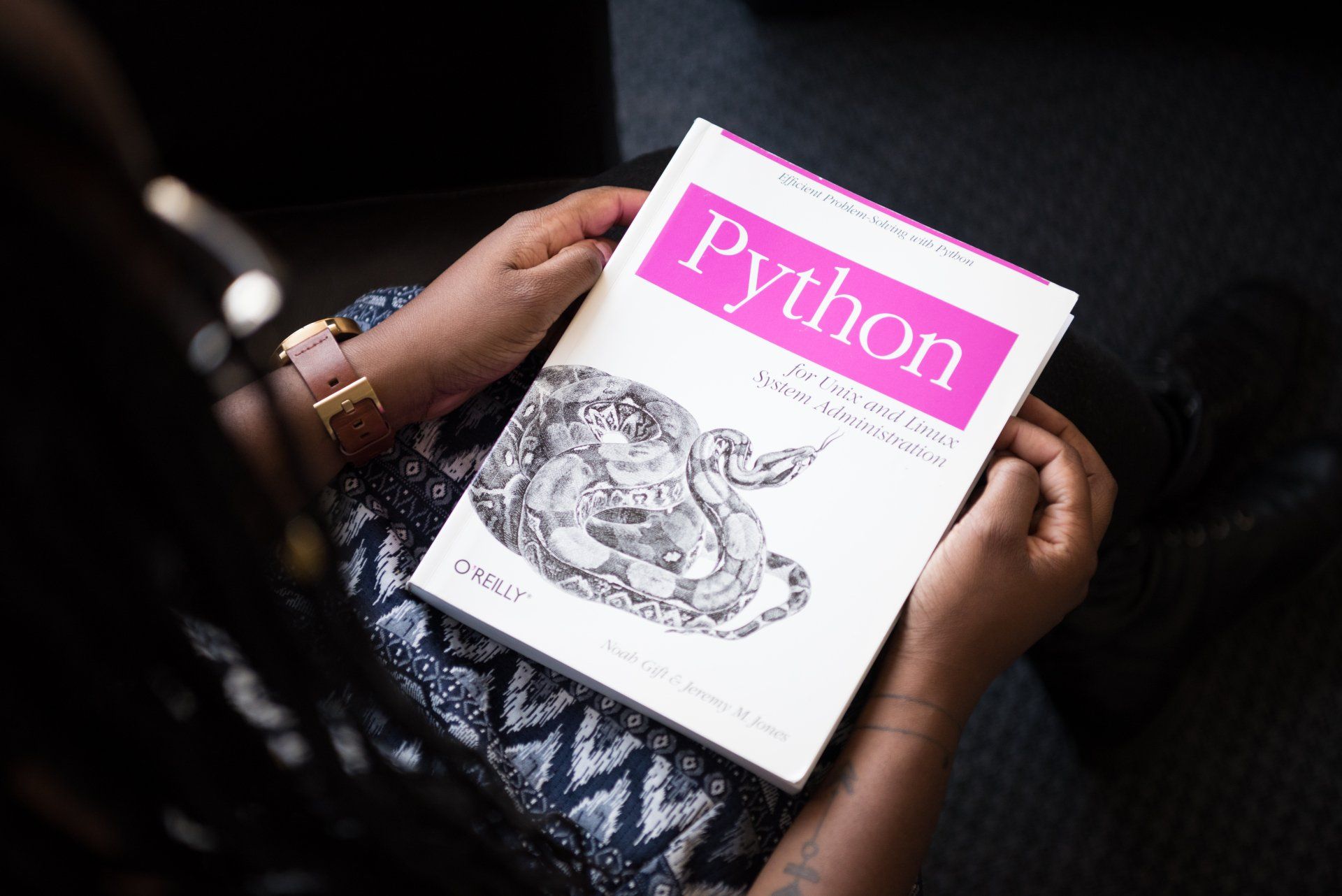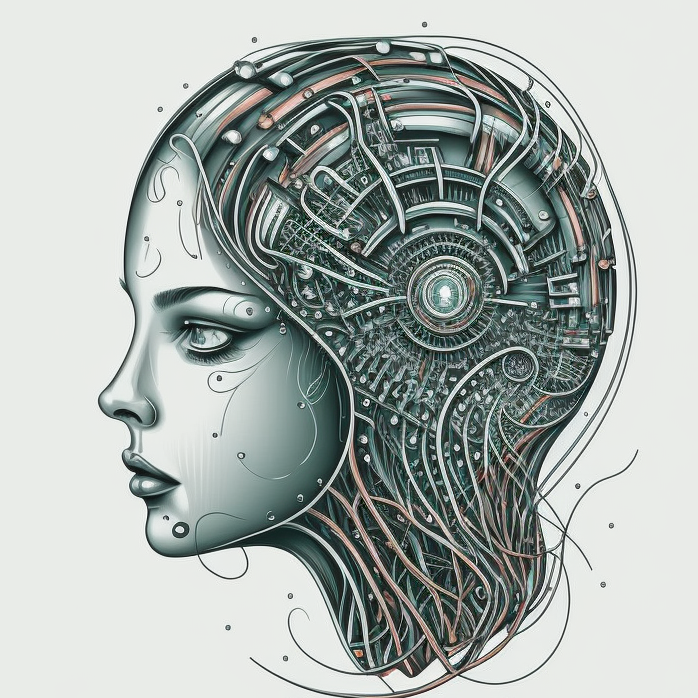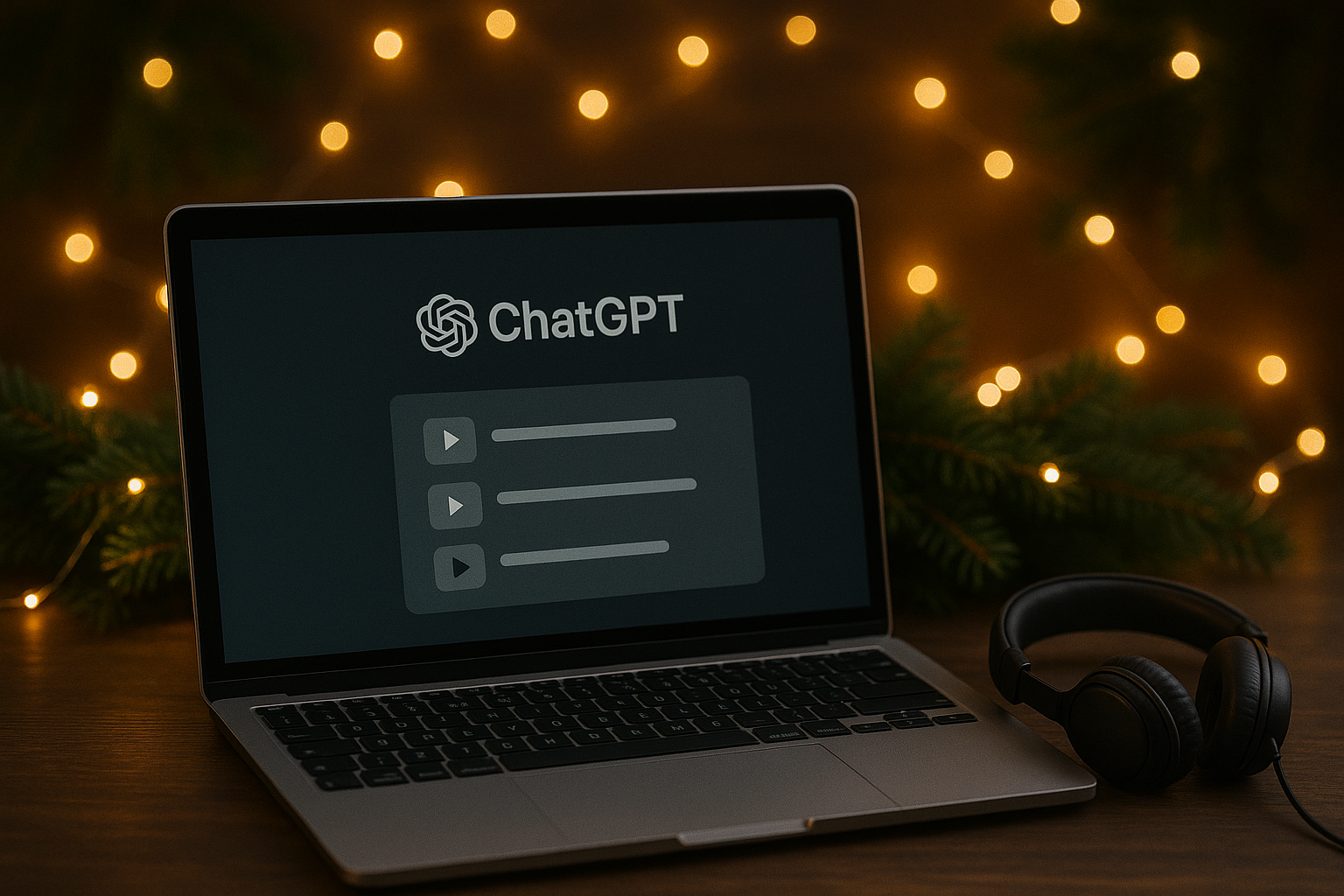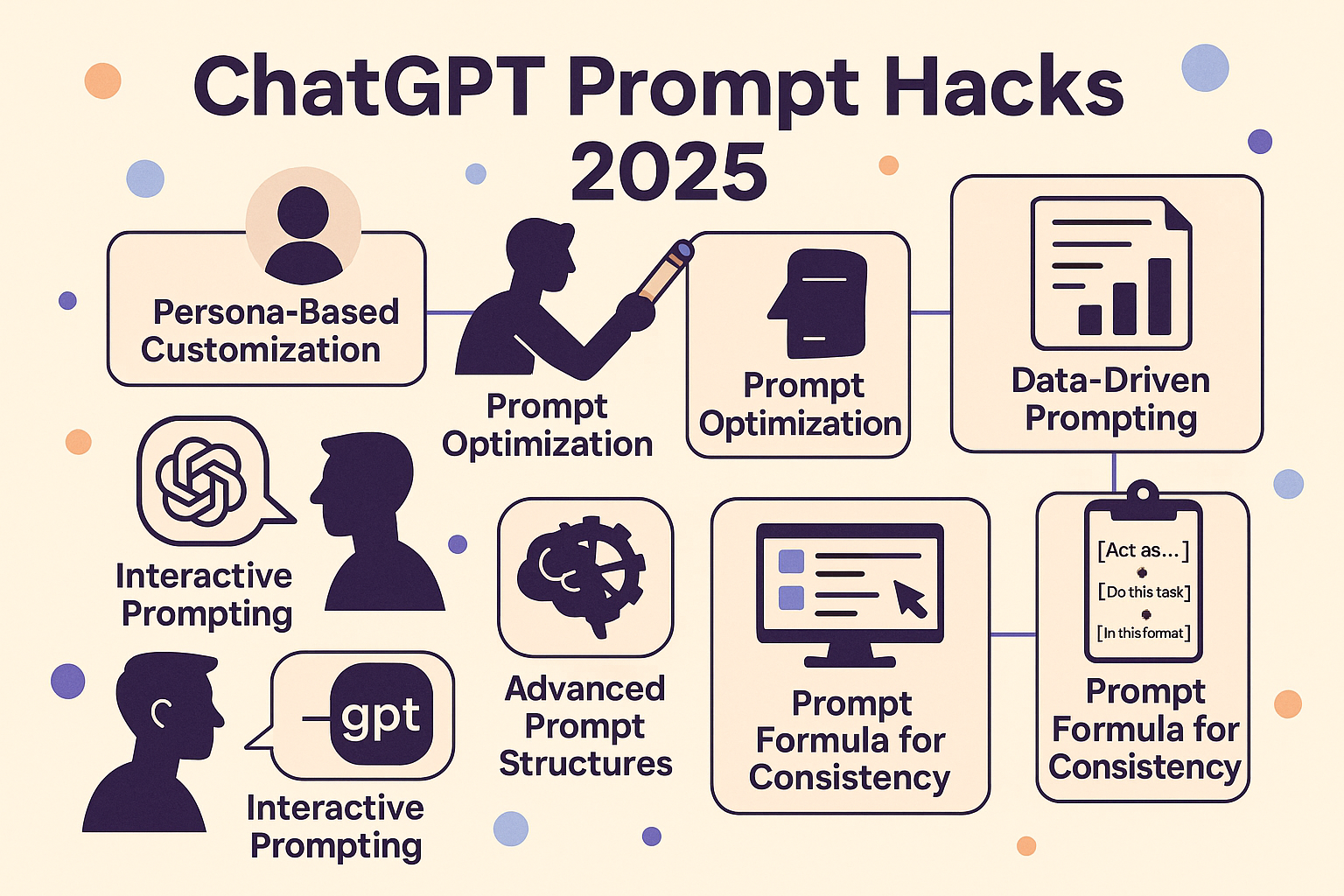Python: The Magic Behind ChatGPT - A Beginner's Guide
An in-depth look into what Python is and how it works

The revolution in conversational AI and the impressive developments in Chatbots, notably ChatGPT, have sparked worldwide interest in the technology behind it. The fascinating piece of the puzzle that many beginners seek to understand is Python – the primary language powering these intelligent systems. This guide provides an in-depth look into what Python is, how it works, and why it's the preferred language in creating AI applications like ChatGPT.
Unraveling Python: The Basics
Python is an object-oriented, high-level programming language, with built-in data structures and dynamic typing and binding. It's widely known for its simple, readable syntax that emphasizes readability and, therefore, reduces the cost of program maintenance. Python supports modules and packages, which encourages program modularity and code reuse.
The Zen of Python
Python follows a set of guiding principles, affectionately known as the Zen of Python. These principles, when understood, provide a better idea of why Python is designed the way it is. Here are a few key ones:
- Readability counts: Python encourages code that is readable and easy to understand.
- Simple is better than complex: In Python, simple and straightforward code is always preferred.
- If the implementation is hard to explain, it's a bad idea: Python encourages transparency and understanding in code.
Python Libraries
One of Python's main strengths lies in its extensive libraries. Libraries are pre-written code that can be used to solve common problems, thus saving developers a lot of time. Notable Python libraries used in AI and machine learning include NumPy, Pandas, Matplotlib, TensorFlow, PyTorch, and NLTK.
Python: The Workhorse Behind AI and Chatbots
The Role of Python in ChatGPT
Python's simplicity and readability, combined with its comprehensive libraries and frameworks, make it a preferred choice for many AI and machine learning applications, including ChatGPT. ChatGPT uses Python for various tasks, such as data preprocessing, model training, inference, and deployment.
How Does Python Power ChatGPT?
ChatGPT is a language model powered by the GPT (Generative Pretrained Transformer) family of models, particularly the GPT-3 or GPT-4. These models are trained using Python on a large corpus of text data.
Python's TensorFlow and PyTorch libraries come into play here. They provide the required infrastructure to define and train these large neural networks efficiently. Once the model is trained, Python code is also used to interact with the model, making it generate the desired text responses.
Python for ChatGPT: A Beginner's Manual
Why Choose Python for ChatGPT?
Python's syntax is clean and easy to understand, which makes it excellent for beginners. Additionally, it offers strong support for integration with other languages and tools and comes with extensive standard libraries. This makes Python an ideal language to build applications like ChatGPT.
Setting Up Your Python Environment
Before delving into Python programming for ChatGPT, setting up a conducive Python environment is crucial. This involves installing Python, setting up an Integrated Development Environment (IDE), and installing necessary Python libraries.
Here is a step-by-step guide:
- Install Python: Visit the official Python website and download the latest version suitable for your operating system.
- Set up an IDE: IDEs make writing Python code more comfortable. PyCharm and Jupyter Notebook are popular choices.
- Install Python Libraries: Use the Python package manager, pip, to install necessary libraries.
Writing Your First Python Script for ChatGPT
Once your Python environment is set up, you can write a Python script to interact with the ChatGPT model. The OpenAI API is often used for this purpose. Here's a simple example of how you might interact with the ChatGPT model using Python.
import openai openai.api_key = 'your-api-key' response = openai.Completion.create( engine="text-davinci-002", prompt="Translate the following English text to French: '{}'", max_tokens=60 ) print(response.choices[0].text.strip())
In this script, we first import the OpenAI library. We then set our API key, which authenticates our program's requests to OpenAI's servers. We then create a new completion with the ChatGPT model, giving it a prompt and specifying a maximum token limit. The prompt is the input to the model, and the max tokens specify how long of a response we want. Finally, we print out the model's response.
Experimenting and Learning More
The best way to learn is through doing. Try modifying the script above – change the prompt, or try using different parameters in the
Completion.create
call. The OpenAI API documentation is an excellent resource to understand what each parameter does.
Conclusion
Python is the magic behind ChatGPT and many other AI applications, largely due to its simplicity, readability, and powerful libraries. As you embark on your journey to understanding and using Python for ChatGPT, remember that the key to mastery is consistent practice and exploration. Happy coding!



